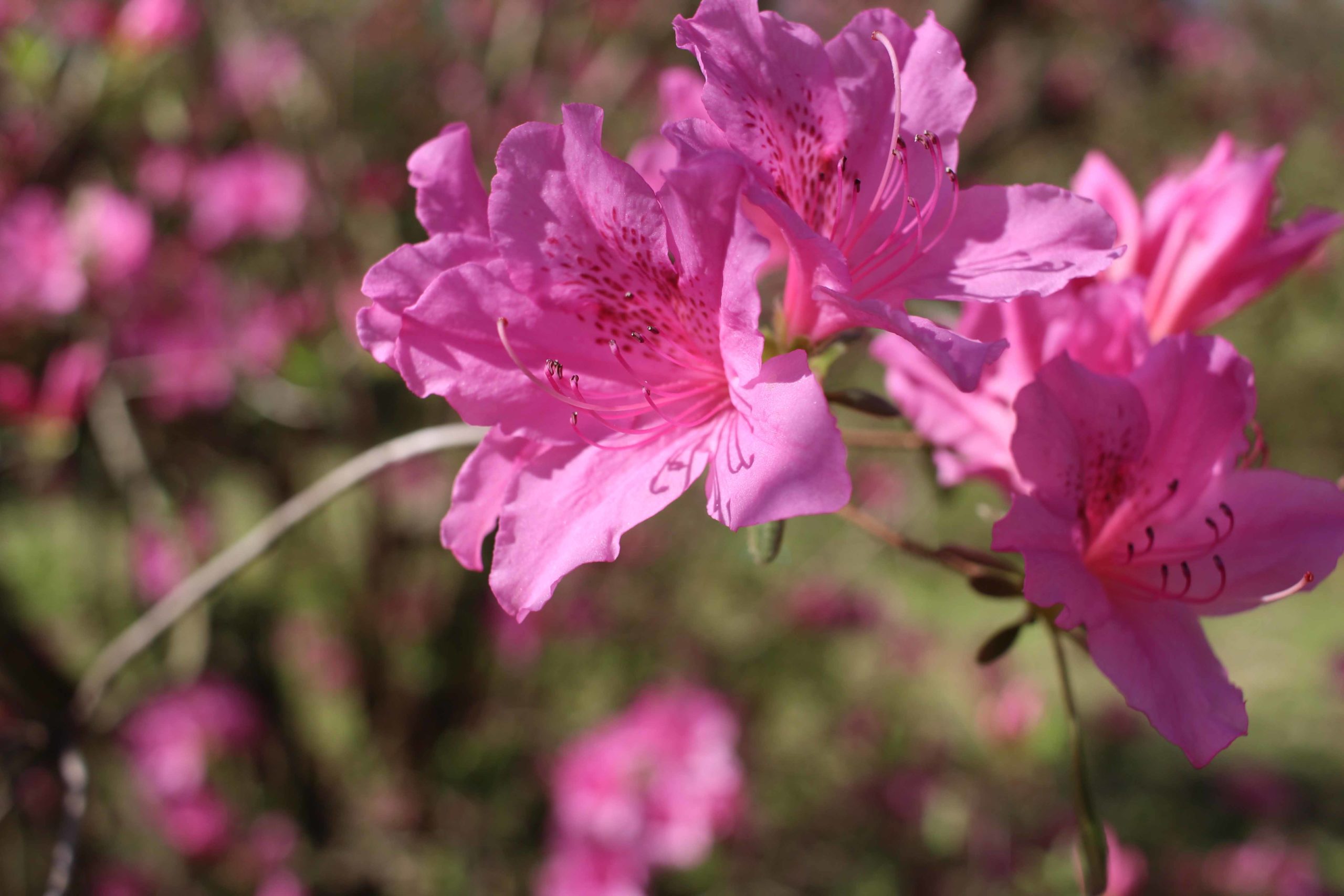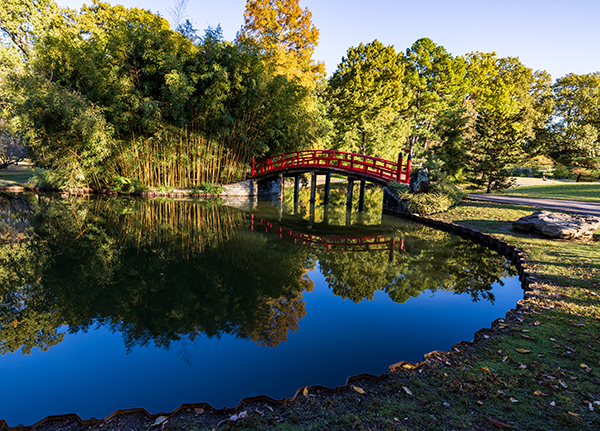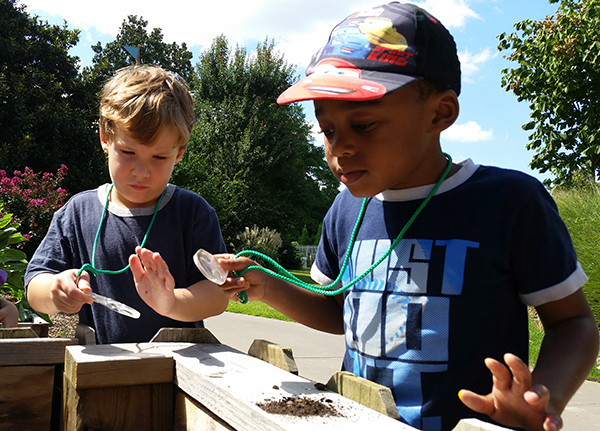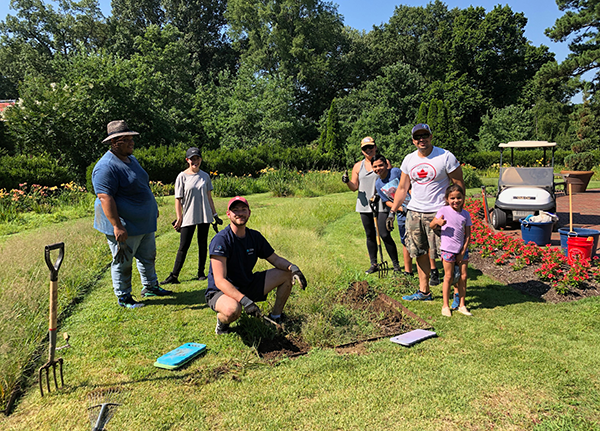Hi All,
After the recent cold snap, many gardeners are concerned about the damage to their landscapes. Nandinas, Distylium, Holly, Viburnum, Camellia, Fatsia, Indian Hawthorn, Loropetalum, Cryptomeria, Osmanthus, and Azaleas are some of the plants that took heavy damage here at the Memphis Botanic Garden. For the home gardener, here are some things you can do, should not do, and what to expect:
1) Do Not Panic! There was not much you could’ve done to prevent damage from temperatures that dropped so low so fast, and there is nothing you can do right now to help. We are still in winter and may have more deep freezes yet to come. All of those brown and black leaves are dead and will drop on their own. There is a good chance many, if not most of your plants will flush back out with new growth in the spring.
2) Be Patient! It will take time for them to recover, maybe even a couple of years for those hit the hardest. Some plants will wake up more quickly than others so give them until May before pronouncing them a total loss.
3) Do Not Prune! With good intentions, many are wanting to go out and prune what they perceive to be dead stems out of the plant. This is a bad idea, we will not accurately be able to ascertain how much is alive or dead until we see how the plants flush out in the spring, and you risk exposing a still healthy, but now freshly cut stem to further damage should we get another freeze.
4) Once May gets here, if you see no new growth on the plant and you’ve scratched the bark to confirm there is no green underneath, then you may assess what to do next. Depending on the plant and the extent of the damage you may:
a) Decide its a total loss and replace
b) Certain plants can be cut back to the ground to start anew, examples of these would be Buddleia, Nandina, and Hydrangea arborescens.
c) If only part of the plant died and you feel the rest still looks aesthetically pleasing, prune out the dead and let the plant regrow.
d) Go to a local garden center and tell them you need a fertilizer that will help your plant regrow its foliage after this winter’s frost. Describe the extent of the damage and they can help choose the best fertilizer to help your plant regrow. Bringing a photo of the plant is always helpful.
Remember, plants are tough and want to live, so sit tight and don’t lose hope!
By Daniel Grose, MBG Director of Horticulture








